The economic case for bike racks
The installation of bicycle racks on Fort Worth’s Near South Side, where my neighborhood is located, is cited on the environmental website Grist as an example of how bike racks can be a far cheaper, and perhaps a more effective, means of attracting customers to local businesses.
Elly Blue, who writes about cycling for Grist, noted in a piece headlined “The economic case for on-street bike parking” that it cost “just over $12,000 to purchase and install” 80 new bike racks, or staples, in shopping areas on the Near South Side.
“Each staple holds two bicycles, so the total cost was $78 per space,” Blue wrote. “An additional $160,000 is being spent to restripe the streets in the district.”
Blue said she received the tip on Fort Worth’s efforts from Kevin Buchanan, whose blog, Fort Worthology, focuses on urban affairs, and particularly on the Near South Side.
“According to Buchanan,” Blue wrote, “the changes have resulted in a nearly 200 percent increase in business for restaurants” along the district’s Magnolia Avenue.
“Buchanan said that a car-parking garage in the district built in 2004 cost more than $5 million for 320 spaces — that’s more than $16,000 per space,” she wrote.
“That’s right: It cost more to create a space to store a single car than it does to provide 160 bike parking spaces in the same area. With those kinds of numbers, it’s no surprise that some cities and businesses are upping their bike parking budgets to get even more bang for their buck.”
Blue cited a study in Melbourne, Australia, that “found that bike parking spaces are better at generating revenue than car parking spaces. In part, this is simply because bicycles take up so little space, and parking can provide more opportunities for paying customers to park right at a business’s front door.”
Blue’s article on bicycle racks was the fourth in a Grist series called Bikenomics, “about how bicycling can save the economy — if we let it.”
“Good bike parking is an essential feature of the bikeable urban landscape, and an important investment for cities,” wrote Blue, who lives in bike-friendly Portland, Ore. “When people arriving at work or school or a store by bicycle are treated with the same priority and respect as people arriving by car, that will translate directly to the bottom line, for businesses and for city budgets.”
Filed under Americana, Environment, Urban cycling







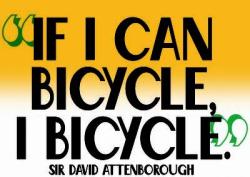

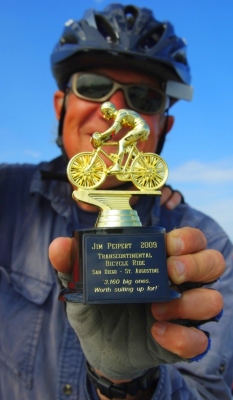
































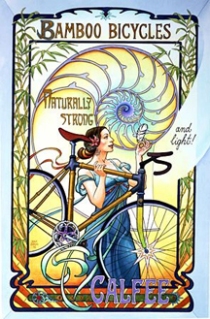

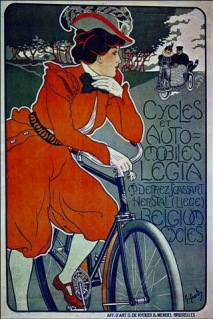





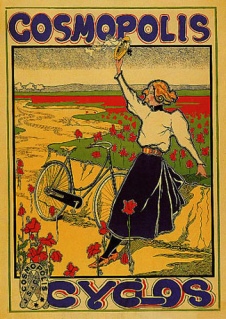






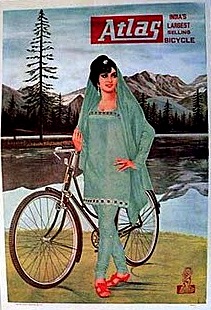



I certainly agree to this. It is real that a regular car parking space could accommodate up to 3 to 4 bikes at a time, which is better in terms of customer turn overs and revenue as well.
Pingback: Bicycling our way into work and out of the Great Recession | Grist « Mental Flowers
Actually, a single car parking spot can park *18* bikes, not just 3 or 4. See the reference to exactly that happening in this post about a conversion from Portland, OR:
http://bikeportland.org/2007/10/08/new-corporate-sponsored-racks-in-the-pearl-5436